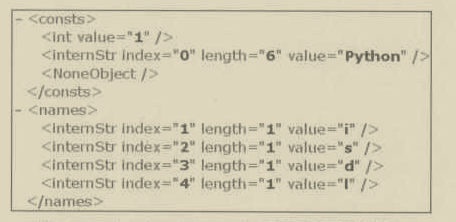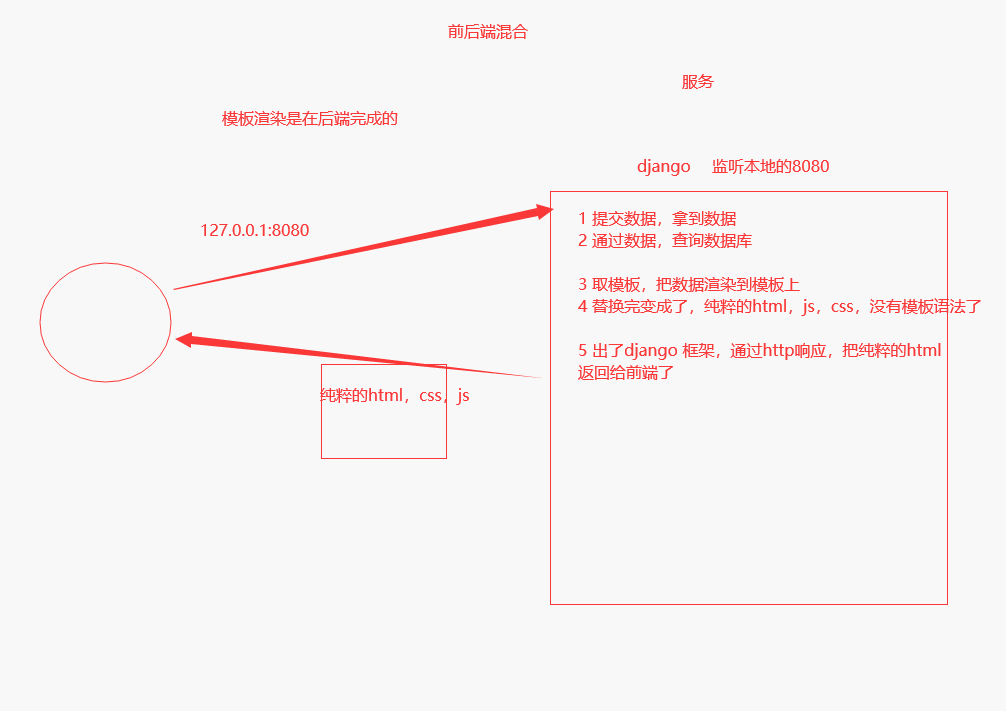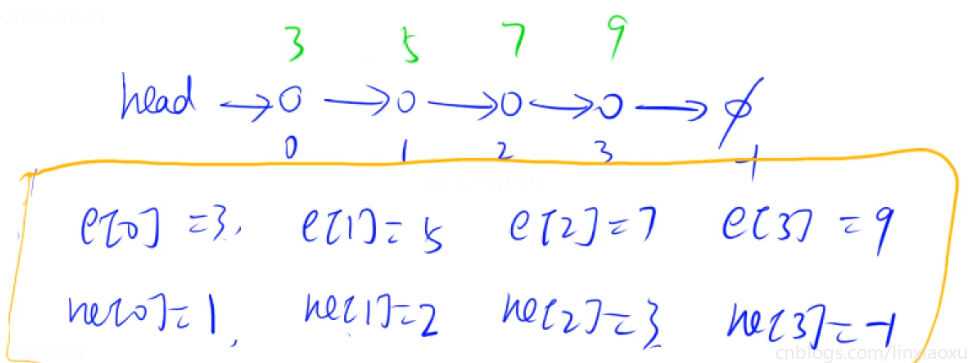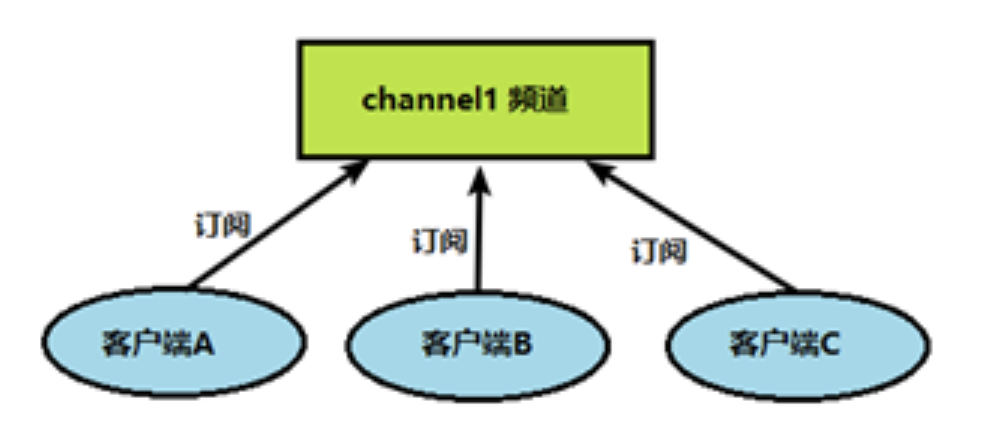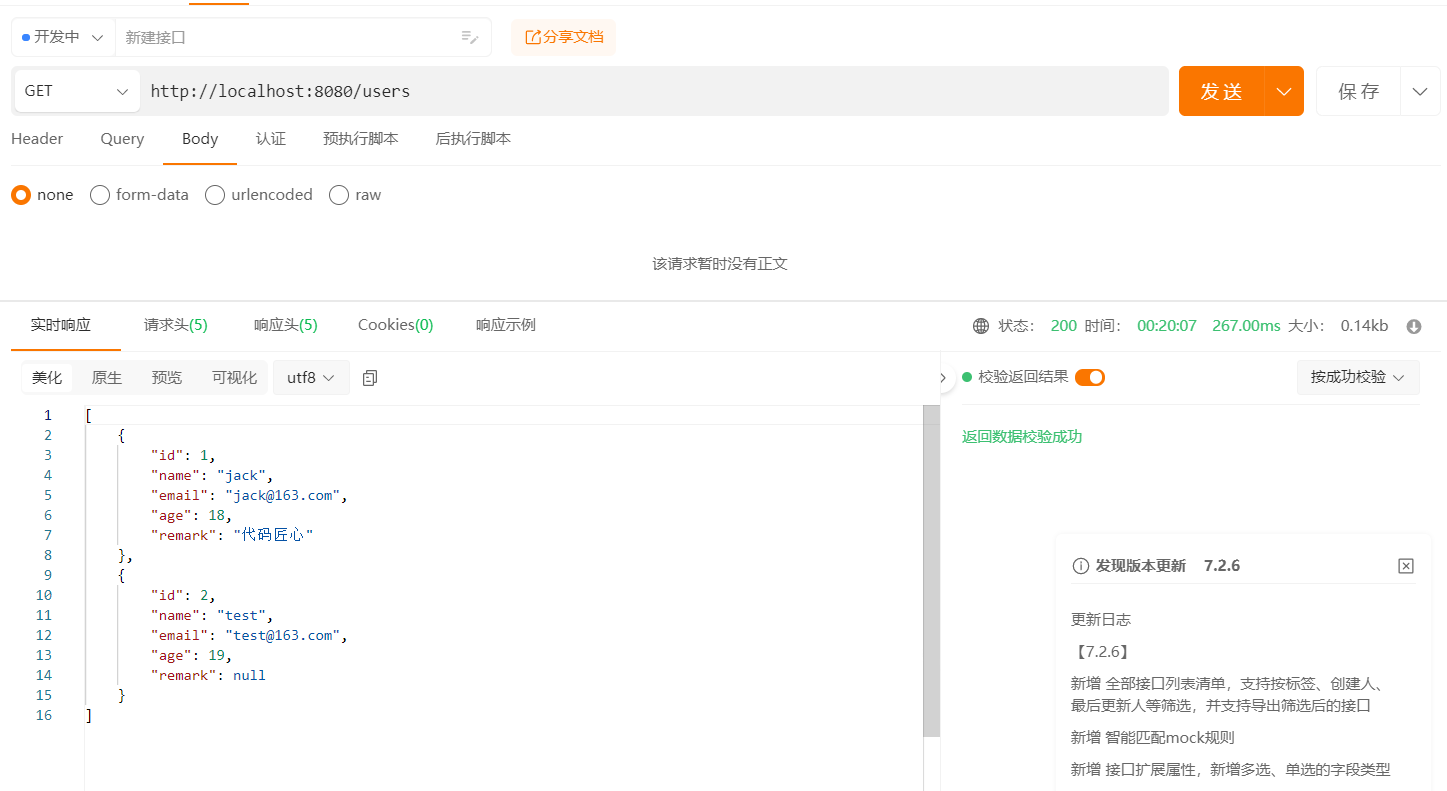使用栈模拟队列
请你仅使用两个栈实现先入先出队列。队列应当支持一般队列支持的所有操作(push、pop、peek、empty):实现 MyQueue 类:
-
void push(int x) 将元素 x 推到队列的末尾
-
int pop() 从队列的开头移除并返回元素
-
int peek() 返回队列开头的元素
-
boolean empty() 如果队列为空,返回 true ;否则,返回 false
说明:你 只能 使用标准的栈操作 —— 也就是只有 push to top, peek/pop from top, size, 和 is empty 操作是合法的。
你所使用的语言也许不支持栈。你可以使用 list 或者 deque(双端队列)来模拟一个栈,只要是标准的栈操作即可。
输入:
["MyQueue", "push", "push", "peek", "pop", "empty"]
[[], [1], [2], [], [], []]
输出:
[null, null, null, 1, 1, false]
解释:
MyQueue myQueue = new MyQueue();
myQueue.push(1); // queue is: [1]
myQueue.push(2); // queue is: [1, 2] (leftmost is front of the queue)
myQueue.peek(); // return 1
myQueue.pop(); // return 1, queue is [2]
myQueue.empty(); // return false
提示:
1 <= x <= 9
最多调用 100 次 push、pop、peek 和 empty
假设所有操作都是有效的 (例如,一个空的队列不会调用 pop 或者 peek 操作)
我的做法
当获取队首元素的时候就把栈1的元素出栈压入栈2的元素,压入的时候就直接压入栈1,有点蠢
public class MyQueue {
Stack<Integer> stack1;
Stack<Integer> stack2;
public MyQueue() {
stack1 = new Stack<>();
stack2 = new Stack<>();
}
public void push(int x) {
stack1.push(x);
}
public int pop() {
while(!stack1.isEmpty()) {
var pop = stack1.pop();
stack2.push(pop);
}
var result = stack2.pop();
while(!stack2.isEmpty()) {
var pop = stack2.pop();
stack1.push(pop);
}
return result;
}
public int peek() {
while(!stack1.isEmpty()) {
var pop = stack1.pop();
stack2.push(pop);
}
var result = stack2.peek();
while(!stack2.isEmpty()) {
var pop = stack2.pop();
stack1.push(pop);
}
return result;
}
public boolean empty() {
return stack1.isEmpty();
}
}
代码随想录
使用两个栈,一个栈作为输入,另一个作为输出,获取队首的元素的时候判断输出栈是否为空,为空则将输入栈出栈压入输出栈,如此获取队首元素能够达到O(1),压入栈O(n)
Stack<Integer> stack1;
Stack<Integer> stack2;
public MyQueue() {
stack1 = new Stack<>();
stack2 = new Stack<>();
}
public void push(int x) {
stack1.push(x);
}
public int pop() {
if(stack2.isEmpty()) {
while(!stack1.isEmpty()) {
stack2.push(stack1.pop());
}
}
return stack2.pop();
}
public int peek() {
if(stack2.isEmpty()) {
while(!stack1.isEmpty()) {
stack2.push(stack1.pop());
}
}
return stack2.peek();
}
public boolean empty() {
return stack1.isEmpty() && stack2.isEmpty();
}






